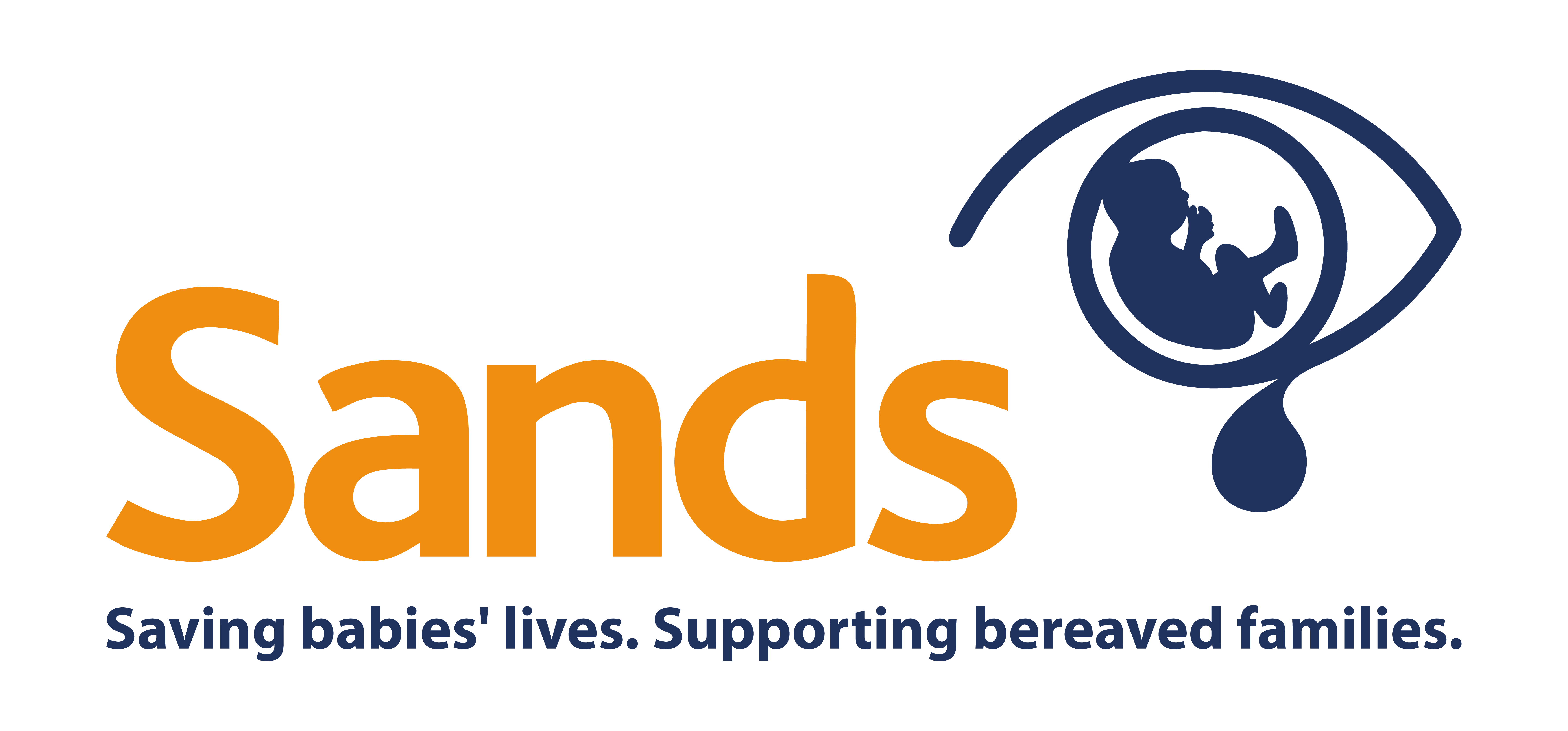The latest CEMACH Perinatal Mortality Report for 2007 is published today which states that for the first time since 2000 there has been a significant fall in the stillbirth rate to 5.2 per 1,000 births, but Sands warns that these statistics must be taken in context.
The reported decline has been measured from an alarming but brief spike in stillbirths during 2002 to 2004, when the rate increased significantly from 5.4 to 5.7 per 1,000 births. If we look back over ten years rather than just the last three, the story is rather different. For the past decade the stillbirth rate has hovered around 5.3/5.4 per 1,000 births. In 2007 we are back to the same rate as we had in 1999. This suggests that the 2007 figures offer no room for complacency.
The 2007 stillbirth rate still equates to over 4,000 babies stillborn every year - that’s 11 babies dying every single day in the UK, or almost 1 in every 200 babies.
Sands strongly believes that more needs urgently to be done to make a serious impact on the unacceptable levels of stillbirth in the UK and is calling for better monitoring during antenatal care, more midwives with greater resources to support them and more research to improve our understanding of why so many perfectly normal babies die.
Sands is also extremely concerned by CEMACH’s findings regarding intrapartum-related deaths (where a baby dies during labour) where there has been no statistically significant change in the rates of babies dying during labour for almost a decade.
Three audits carried out in the UK showed that between 40% and 75% of cases were found to have significant or major suboptimal care factors which may have prevented the death. Sands warmly welcomes CEMACH’s proposed national confidential enquiry into intrapartum-related stillbirths and neonatal deaths occurring at term and hopes such an enquiry will again focus attention on action to stop the unnecessary and tragic deaths of babies in labour.
CEMACH reports that in 2007 uptake of post-mortems for stillbirths and very young babies has improved a little from previous years but remains low – (45% for stillbirths; 21.3% for neonatal deaths), although more parents are now being asked for consent to a post mortem. In a Sands survey of parents we found that parental consent is discouraged when there are long delays in getting results due to the severe shortage of specialist pathologists in the UK. We need double the number of perinatal pathologists if we are to provide an adequate service at even the current low rates of post mortem up-take.
There is also evidence that consent rates improve when the consent is sought by a senior member of the maternity team. We believe more needs be done to address the poor consent rates for perinatal post mortems, which results in the loss of valuable information about why babies are dying.
